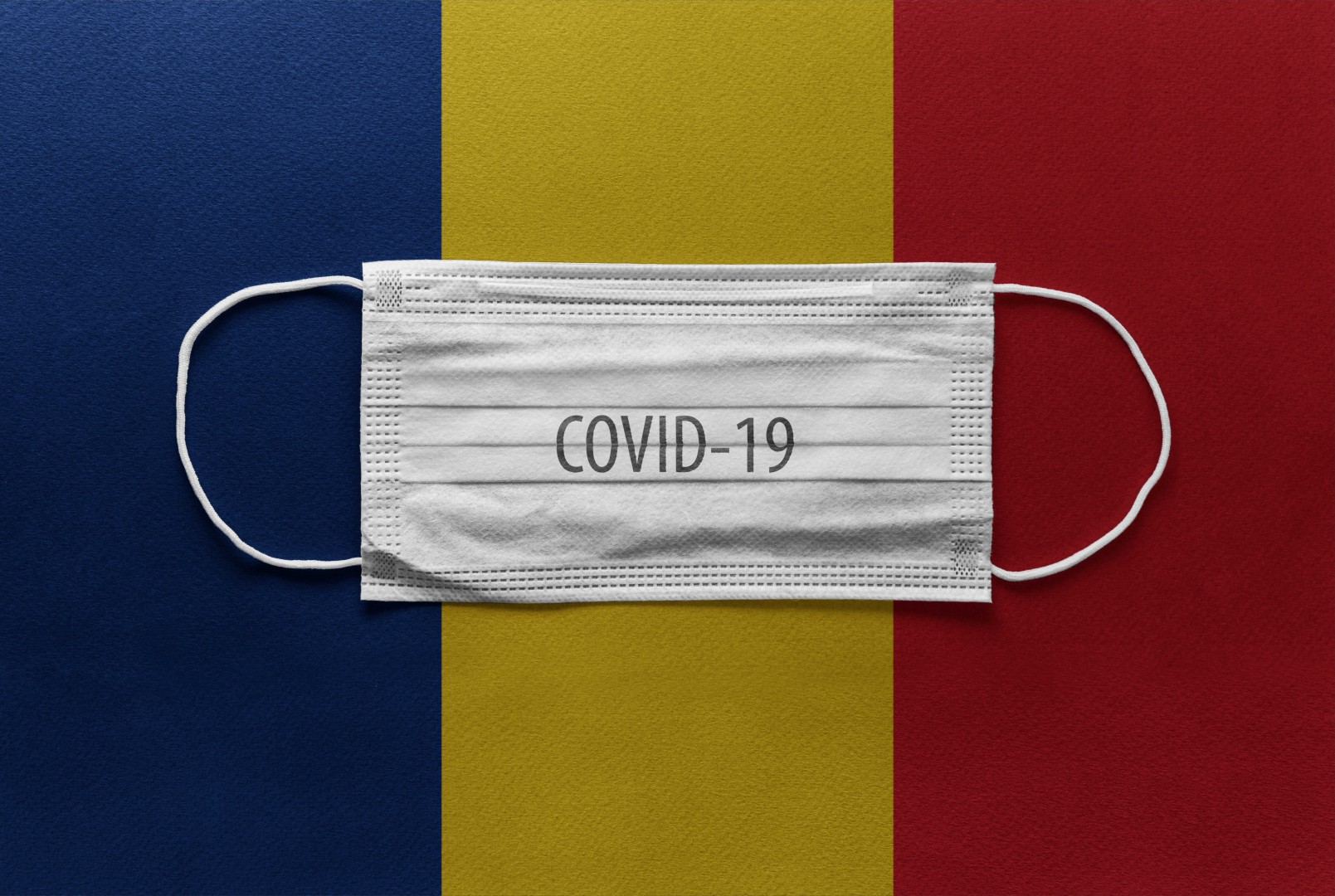
Measures adopted by the Romanian Government against COVID-19
March-June 2020
General Description
The first reported case of COVID-19 in Romania occurred on February 26, in Gorj County. From this point, several cases started to appear, therefore Raed Arafat, the Head of the Department for Emergency Situations, announced a ban on all indoor or outdoor activities involving more than 1.000 people on March 8. On March 14, Romania entered the third COVID-19 scenario (101-2.000 cases), this leading to the decision of President Klaus Iohannis to declare the state of emergency starting March 16. On March 9, Romania National Committee for Special Emergency Situations decided to close all the schools in Romania starting Wednesday, March 11. The measure targets all kindergartens, primary, secondary and high schools in Romania. As far as the universities are concerned, some of them, including the University of Bucharest, decided to suspend their activity at the beginning of March, while the others were forced to do the same when the state of emergency started. Also, on March 25, the free movement was prohibited, measure that was lifted on May 15.
Measures continued to be taken: retail establishments, with the exception of pharmacies, establishments that sell food or veterinary products, and cleaning services were closed. Most stores at shopping malls were also closed, which led to significant financial loss. Non-Romanian citizens are prohibited from entering the country, with some exceptions.
After being extended for one more month, the state of emergency ended on May 14. On May 15, the Government of Romania announced the beginning of a 30-day state of alert, which meant a gradual lifting of some restrictions. Specifically, it permitted the free movement of individuals without a declaration form, but it discouraged gatherings more than three people. Several border crossing points remained closed.
Medical Services
When it comes to the medical services in Romania, they were faced with a great challenge: the infrastructure, the lack of necessary equipment, inadequate medical facilities, and insufficient supplies were some of the difficulties that made it hard for our country to deal with this pandemic. By the end of March 2020, an increasing number of Romanian hospitals were treating COVID-19 cases. Infections started spreading among healthcare workers and patients, resulting in hospitals and even entire cities being quarantined. A dramatic example occurred at the county hospital of Suceava, in north-eastern Romania. There, improper management coupled inadequate protective equipment resulted in an explosion of COVID-19 cases. In light of such an event, severe concerns arose about supplies of protective equipment and the availability of medical resources. Because several doctors and nurses across the country presented their formal resignation, the local and national authorities tried to accelerate the provisioning of necessary resources to handle the epidemic.
Public Opinion and Judiciary
As far as the public opinion regarding the measures taken is concerned, most of the Romanians stated that they support the decisions of the authorities, as resulted from a research made by Verifield. There were still some citizens who did not respect all the measures, thus leading to several penalties for them.
The pandemic also had an impact on the lawsuits and legal system in general. Throughout the state of emergency, judicial activity continued, but priority was given only to those cases that were considered urgent. The courts of law have been obliged to change their working arrangements temporarily. To manage to further comply with the strict sanitary measures, the Romanian Superior Council of Magistrates issued a decision comprising guidelines and general recommendations to be applied by courts of law. The recommendations were made to ensure that hearings take place under optimal conditions, praising a balance between the principle of solving the case within reasonable time and the principle of public health.
Spring Statistics1
- Daily cases (March 18th through June 30th)
- Cases by age category (March 18th through June 30th)
1Visualizations by datelazi.ro based on data provided by the Romanian Government.
Article written by Oana Porumb, student at the University of Bucharest, part of a series of articles under a collaboration between ASD and Všehrd.